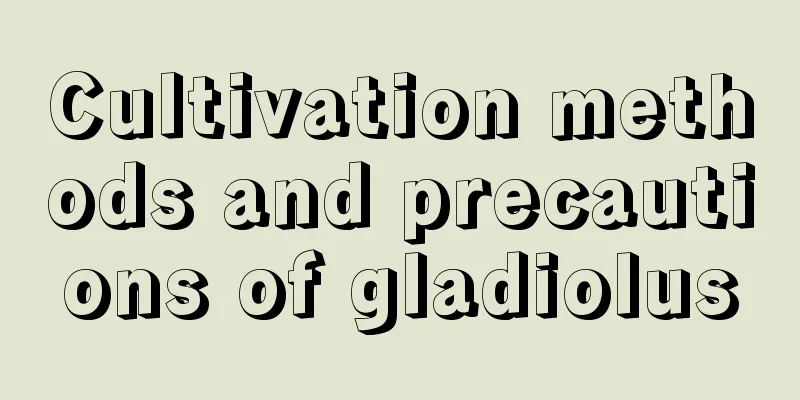Artificial cultivation method of Morchella

|
As a rare and precious edible fungus , the number of morels growers is gradually increasing, and the demand for morels in the market is also growing. This trend has inspired many growers to try their hand at cultivating morels. Let’s learn about the artificial cultivation method of morels. 1. Lighting conditions The growing environment of morels should maintain moderate light, and three parts sun and seven parts shade are usually recommended. In conditions of complete darkness or direct sunlight, fruiting body formation and growth will be adversely affected. Strong sunlight will cause the fruiting bodies to turn black, while weaker light will make them appear yellow-white. Therefore, the cultivation of morels is usually carried out under the shade of trees or in artificial shade sheds to avoid direct sunlight. 2. Humidity management In the cultivation process of morels, humidity control is crucial. During sowing, the soil moisture should be maintained between 60% and 65% to ensure that the soil does not clump, which helps the growth of mycelium. Keeping low temperature and humidity is the basic condition for the growth of morels. When spraying or irrigating in the later stage, good ventilation conditions must be ensured, otherwise it may lead to poor growth of mushrooms. 3. Temperature control The optimum temperature range for the growth of morel mycelium is between 5 and 25°C, and they prefer to grow at lower temperatures, with the most suitable temperature being between 16 and 18°C. Therefore, the cultivation of morels is usually carried out from October to November, especially in mid-October, when the natural temperature is conducive to the growth of mycelium. 4. pH adjustment The pH value of the culture medium and covering soil for morels should be controlled between 6.0 and 8.5, with the optimal range being 6.5 to 7.5. If the pH value is lower than 5.0 or higher than 8.5, it will have an adverse effect on the mycelial growth and fruiting body formation of Morel. Choosing good soil is the key to successful cultivation. You should choose fertile soil that can both drain and retain moisture. 5. Flat shed construction The design of a flat shed requires a flat roof, spacious interior space, and a height of approximately 2.5 meters. The roof is covered with a sunshade net with a shading rate of 75%. Morels prefer moist soil, and the suitable soil relative moisture content is 50% to 70%. When the soil moisture content exceeds 70%, the mycelium growth will stagnate; when it is below 50%, the growth rate will slow down. The ideal soil moisture range is 60% to 65%. In order to maintain appropriate soil moisture, sprinkler nozzles with good atomization effect should be used during sprinkler irrigation to avoid strong water flow impacting the soil. Even with shade nets and sprinkler systems, flat sheds may still receive too much light in the spring after the morel fruiting bodies emerge. To further reduce the light intensity, you can sow some wheat seeds in the flat shed. Wheat grows faster than morels and the plants are taller, which can provide additional shade for the morels. The sowing density of wheat should be moderate so as not to affect the growth of morels. About 2 kg of wheat seeds can be sown per mu. The wheat here is only used for shade and not for harvest. The advantages of flat sheds are lower cost, good air circulation, and ease of field operations, but they are only suitable for large and flat land, and the shading effect may not be sufficient. 6. Arch shed construction The arch shed, also known as a low shed, has a top height of 1 meter and two sides that are 1 meter high. It is also covered with a sunshade net with a shading rate of 75% and equipped with a spray water supply device. The method of making ridges is similar to that of a flat shed. The sowing method is the same as that of the flat shed, but the seedbed of the arch shed does not need to be sown with wheat seeds. When the temperature rises in spring, straw can be laid on the arch shed to provide further shade and cooling for the morel fruiting bodies. The advantage of the arch shed is that it is flexible to build and can adapt to irregular and uneven land according to the terrain, but the construction cost is higher and field management is not as convenient as a flat shed. After the shed construction is completed and the morel spawn is sown, the spawn will enter the winter management stage. The main management work at this time is to monitor the soil moisture in the greenhouse. If there is no rain, watering should be done once a week. Throughout the winter, as long as the temperature remains above 3°C, the morel mycelium will slowly develop in the soil. After February of the second year, as the temperature rises, the development of morel mycelium accelerates, and the mushroom fruiting period is usually in March. After March, the mycelium will grow into morel fruiting bodies and enter the mushroom-fruiting period. The above is an introduction to the cultivation methods of morels. The cultivation of morels requires attention to many conditions. Friends who want to grow morels are advised to fully master the cultivation techniques first.
|
<<: Can rose potted plants be placed indoors? How to grow them indoors?
>>: How to deal with roses after repotting? Can they be exposed to the sun?
Recommend
How to tell when the night-blooming cereus blooms
State before flowering The flower stem is hooked,...
How to grow Jade Plants so that they will bloom
Plant habits Only by understanding its characteri...
When is the best time to prune potted crape myrtle?
The role of pruning potted crape myrtle The flowe...
How to Plant a Banana Tree
1. Planting method Use a tool to cut off the unde...
Kidney bean planting methods and precautions
Kidney beans, also known as green beans and spott...
Is marigold poisonous? Can it be grown at home?
Is marigold poisonous? Although marigolds look be...
Chrysanthemum cultivation method
1. Soil When growing chrysanthemums, you should u...
When is the best time to plant beans?
Snap beans , also known as cowpea, are a plant na...
Garlic cultivation time and method
Garlic is a condiment vegetable that people often...
These 6 kinds of flowers need to be raised lavishly, without any cost or care, and they will all grow fat and juicy!
Aloe Vera Huahua has been raising flowers at home...
How does northern amaryllis spend the winter?
1. Potted Planting Winters in the north are relat...
When should passion fruit be planted? Can watering be done by spraying the leaves?
1. Planting time Passion fruit can be planted all...
Strawberry cultivation methods and precautions
1. Soil Strawberries are suitable for growing in ...
Is rosemary suitable for deep or shallow pots?
Should I use a deep or shallow pot for rosemary? ...
Can I grow lilacs at home?
Can I grow lilacs at home? You can plant lilac fl...









